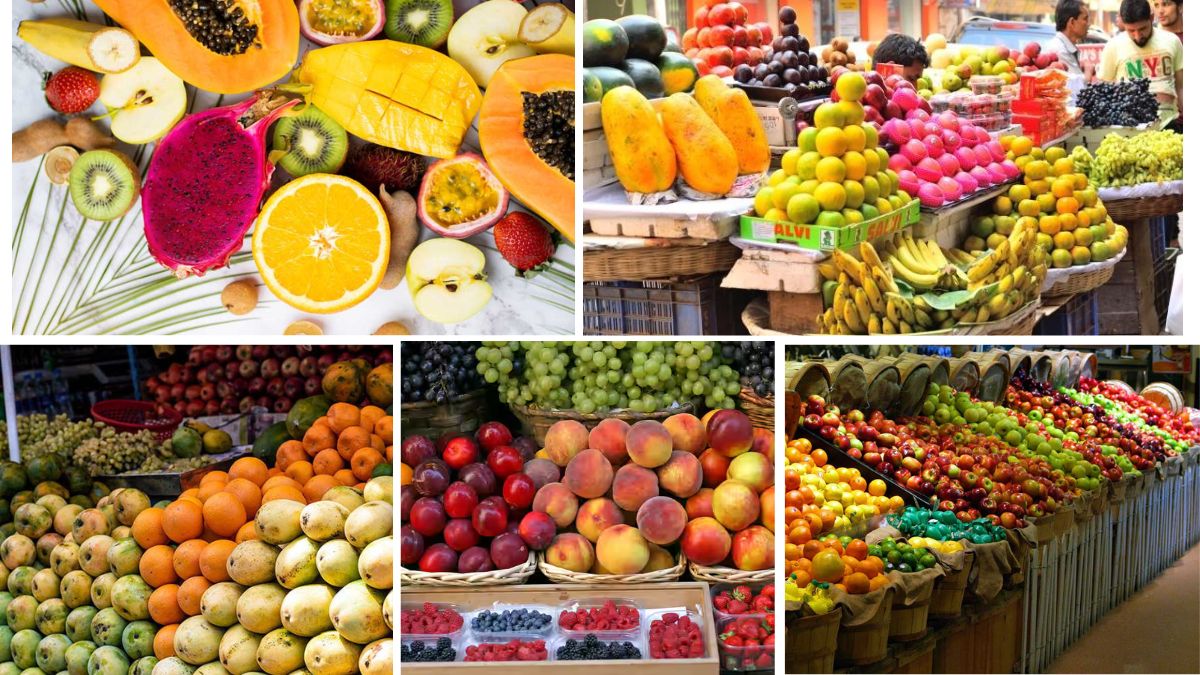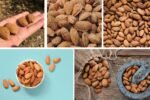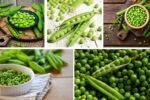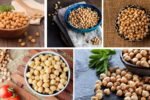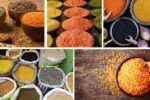From the farm to your fruit bowl, every piece of fruit goes through a complex journey involving multiple steps and stakeholders. This network—known as the fruit supply chain—ensures that fresh, safe, and quality produce reaches consumers. For anyone interested in agriculture, trade, or sustainability, understanding the fruit supply chain is essential.
This article simplifies the fruit supply chain into manageable sections, covering production, harvesting, packaging, transportation, distribution, and retail. We’ll also look at challenges, innovations, and tips for making supply chains more efficient and eco-friendly.
1. What Is a Fruit Supply Chain?
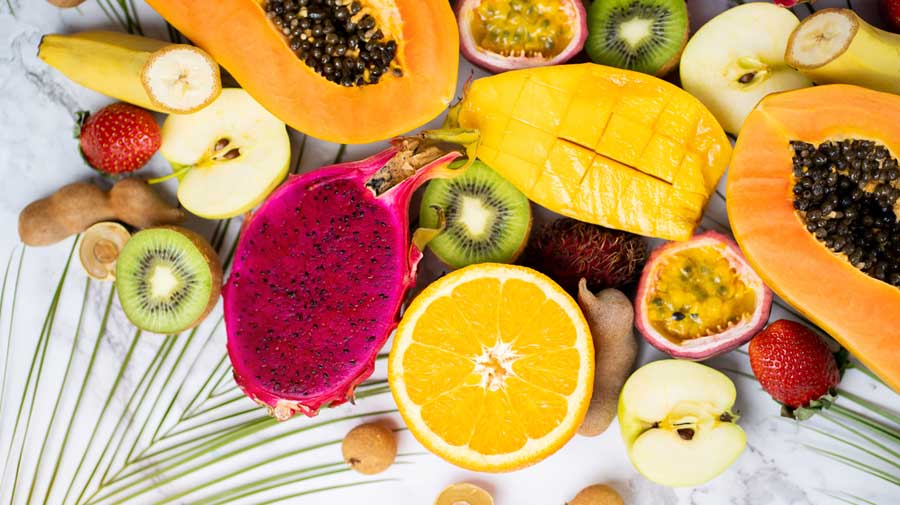
A fruit supply chain is the entire process through which fruits are produced, handled, transported, and delivered to the end consumer. It includes farmers, middlemen, logistics companies, exporters, wholesalers, retailers, and sometimes processors or cold storage providers.
Each link in the chain plays a crucial role in maintaining the freshness, nutritional value, and quality of fruits, especially since these are perishable goods.
2. Step-by-Step Breakdown of the Fruit Supply Chain

Step 1: Cultivation and Farming
It all begins on a farm. Farmers cultivate fruit crops based on climate, soil, water availability, and demand. This stage includes:
- Land preparation
- Selection of seeds or saplings
- Watering and fertilizing
- Pest and disease control
- Harvest timing
Farmers are the foundation of the fruit supply chain. Their practices determine the quality and yield of fruit.
Step 2: Harvesting
Fruits must be harvested at the right stage of ripeness. Early harvesting may lead to poor flavor, while late harvesting increases the risk of spoilage during transit. Workers handpick or use tools to gather fruits, depending on the fruit type and size.
Timely and careful harvesting reduces waste and ensures that fruits are market-ready.
Step 3: Sorting and Grading
Once harvested, fruits are sorted based on:
- Size
- Color
- Ripeness
- Defects
Grading helps standardize fruits for local and international markets. Premium-quality fruits are often packed for export, while lower grades are sold locally or used for juice and processing.
Step 4: Packaging
Proper packaging is essential to protect fruits from bruises, contamination, and dehydration. Packaging may include:
- Plastic crates
- Corrugated boxes
- Net bags
- Cushioning materials
Some packaging is modified to extend shelf life (MAP – Modified Atmosphere Packaging) or reduce ethylene gas buildup, which accelerates ripening.
Step 5: Cold Storage and Pre-Cooling
Many fruits are cooled soon after harvest to delay ripening and prevent microbial growth. Cold chains—refrigerated systems that maintain low temperatures—are vital for tropical fruits like mangoes, berries, grapes, and bananas.
Cold storage ensures longer shelf life and better prices, especially for export markets.
Step 6: Transportation
Fruits are then transported via:
- Trucks (short distances)
- Railways (bulk loads)
- Ships (overseas exports)
- Air cargo (for premium or perishable items)
Efficient transport must minimize time, vibration, and temperature changes to keep the fruit fresh until it reaches the market.
Step 7: Wholesale and Distribution
At wholesale markets, fruits are sold in bulk to retailers, supermarkets, and sometimes directly to consumers. Middlemen or aggregators often play a big role here, especially in developing countries.
This stage involves significant negotiation, sorting, and redistribution across regions.
Step 8: Retail and Consumption
Retailers sell fruits in supermarkets, street markets, and online platforms. By this point, prices have increased due to the value added through labor, packaging, transport, and handling.
Consumers finally purchase the fruits, ideally while they’re still fresh and flavorful.
3. Common Challenges in the Fruit Supply Chain

Despite technological progress, several challenges affect fruit supply chains:
Post-Harvest Losses
In developing nations, up to 30–50% of fruits may be lost after harvest due to poor storage, transport, and handling.
Lack of Cold Chain Infrastructure
Refrigerated transport and storage are expensive and limited, especially in rural areas. This results in spoilage.
Market Volatility
Price fluctuations due to oversupply, weather events, or export restrictions can hurt farmers and consumers alike.
Middlemen Dominance
In many markets, middlemen take a significant share of the profits, leaving farmers with minimal income.
Environmental Concerns
Long-distance transport, plastic packaging, and food waste contribute to the carbon footprint of fruit supply chains.
4. Innovations in the Fruit Supply Chain
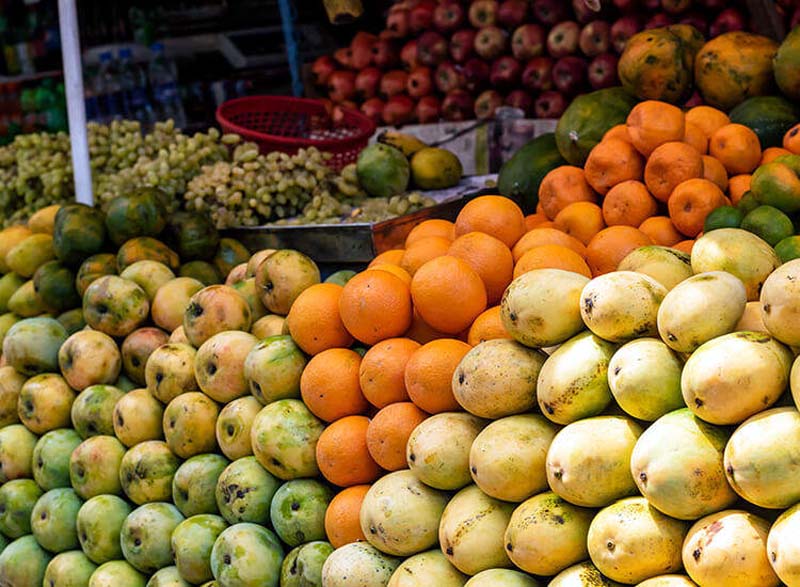
Technology is revolutionizing fruit supply chains worldwide:
Blockchain and Traceability
Blockchain-based systems allow consumers to trace their fruits back to the farm, ensuring transparency and food safety.
Smart Packaging
Sensors embedded in packaging can monitor freshness, temperature, and ripeness.
Digital Platforms
Apps and online platforms now connect farmers directly with consumers or retailers, cutting out middlemen and boosting income.
Drone and Satellite Monitoring
Precision farming tools help optimize irrigation, fertilization, and pest control, improving crop yields.
5. Tips for an Efficient and Sustainable Fruit Supply Chain
- Invest in cold chains: Government and private sectors must expand access to refrigeration.
- Encourage direct farmer-market linkages: Through cooperatives or online marketplaces.
- Promote seasonal, local fruits: Reduces the need for long transport and supports local economies.
- Adopt eco-friendly packaging: Use biodegradable or reusable materials.
- Train farmers in post-harvest handling: Better techniques reduce waste and improve profits.
6. The Global Picture: Top Fruit Producers and Exporters
Understanding global supply chains also involves knowing key players:
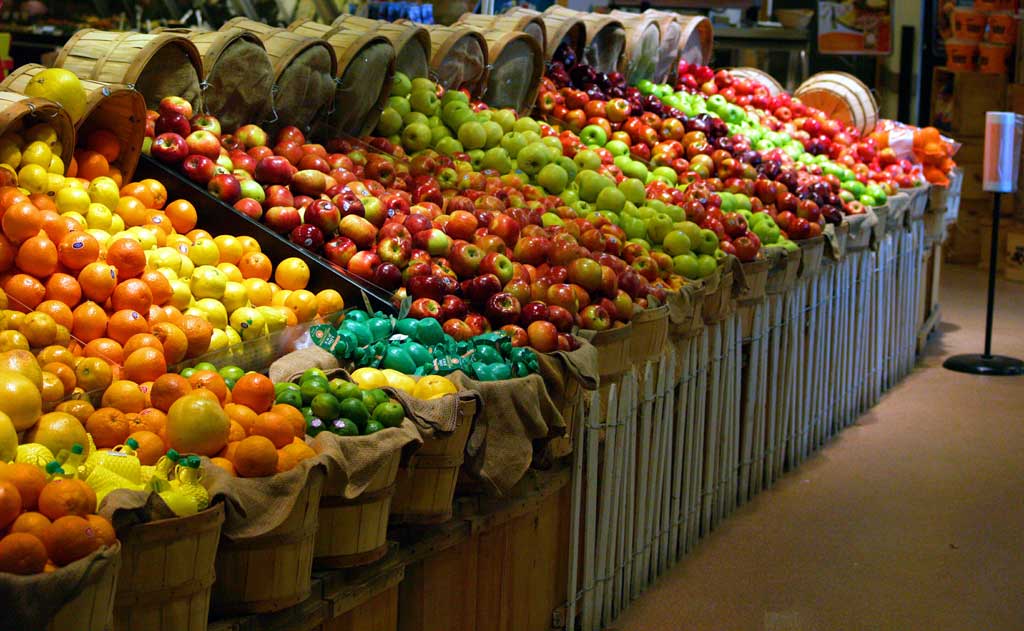
- Top fruit producers: China, India, Brazil, USA, Indonesia.
- Top exporters: Spain (citrus), Ecuador (bananas), Mexico (avocados), Chile (grapes), South Africa (apples).
These countries have developed strong infrastructure and policies that support efficient fruit trade.
Conclusion
The fruit supply chain may seem invisible to the everyday consumer, but it’s a dynamic, interlinked system that shapes what we eat, how much we pay, and the livelihoods of millions. By simplifying and strengthening each step—from farm to fork—we can create a more efficient, fair, and sustainable supply chain.
Whether you’re a student, gardener, policymaker, or entrepreneur, understanding this chain empowers you to make informed decisions and contribute to better food systems.
